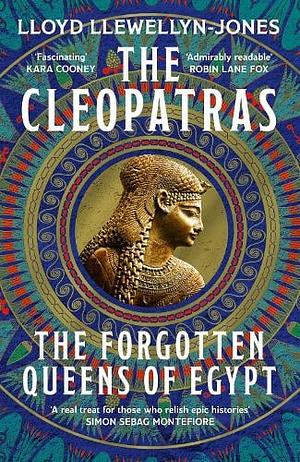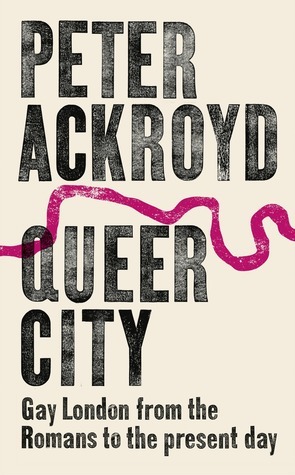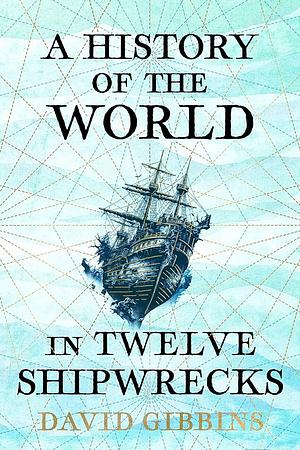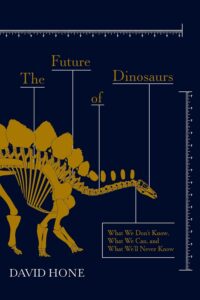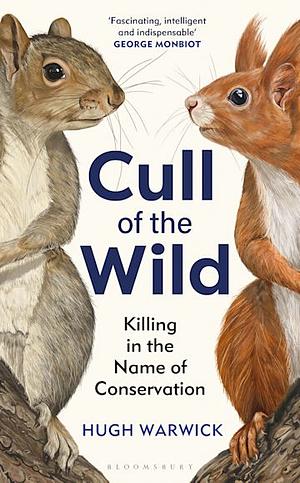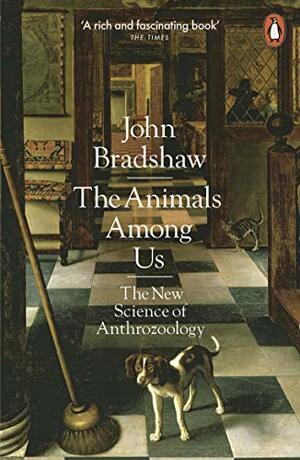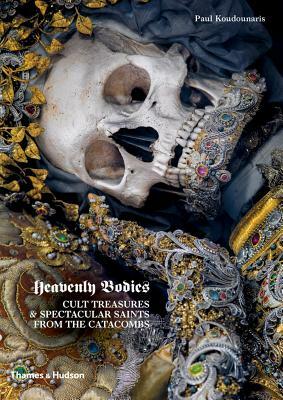
Heavenly Bodies: Cult Treasures and Spectacular Saints from the Catacombs
by Paul Koudounaris
Genres: History, Non-fictionPages: 189
Rating:

Synopsis:In 1578 news came of the discovery in Rome of a labyrinth of underground tombs, which were thought to hold the remains of thousands of early Christian martyrs. Skeletons of these supposed saints were subsequently sent to Catholic churches and religious houses in German-speaking Europe to replace holy relics that had been destroyed in the wake of the Protestant Reformation. The skeletons, known as "the catacomb saints," were carefully reassembled, richly dressed in fantastic costumes, wigs, crowns, jewels, and armor, and posed in elaborate displays inside churches and shrines as reminders to the faithful of the heavenly treasures that awaited them after death.
Paul Koudounaris gained unprecedented access to religious institutions to reveal these fascinating historical artifacts. Hidden for over a century as Western attitudes toward both the worship of holy relics and death itself changed, some of these ornamented skeletons appear in publication here for the first time.
Paul Koudounaris’ Heavenly Bodies is a really amazing book discussing the “catacomb saints”, whose skeletons were found in catacombs in Rome. To be accurate, the skeletons called the “catacomb saints” came from Roman cemeteries that contained largely early Christians, although some Jewish and other non-Christian Roman people were buried there too, those that preferred inhumation. The book discusses their provenance in some detail, and how the ones sent to European churches as “saints” were chosen, based on markers that were considered to suggest they were martyrs.
Obviously, as a modern reader who isn’t part of similar traditions, it all seems so weird — the exhumation and “translation” of these “martyrs”, the random selection, and then of course, the decoration that was heaped upon them, wound around their bones and sewn into their clothes and stitched over their eyes and noses and mouths. The book is fully illustrated by colour photographs of various surviving examples, and it’s both macabre and gorgeous.
I’m not sure how many images are in the book, but it’s a lot. The text is fascinating too, delving into what these “saints” meant to people, touching on some of the people who decorated them and the methods they used, and discussing what’s happened to many of them now.
It’s a somewhat embarrassing chapter in Catholic history to many modern Catholics, but even as it seems pretty odd to me now, I can still imagine the faith and love people had for these relics, so lovingly decorated. Sometimes it was to show off, sometimes it was to pull in crowds, of course — but it was also an act of faith. I did my best to remember that while looking at these images.
Rating: 4/5 (“really liked it”)



